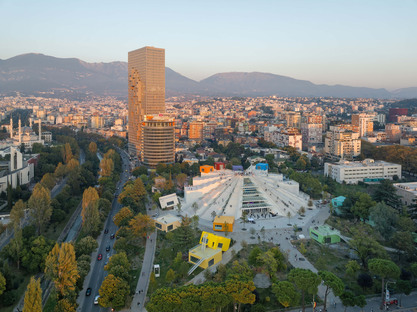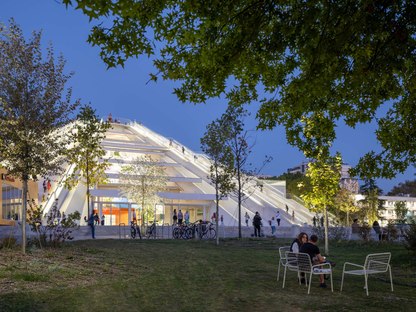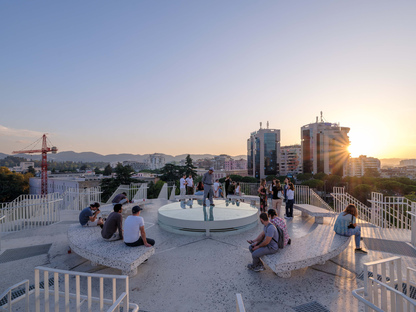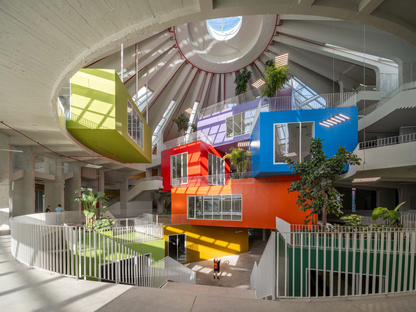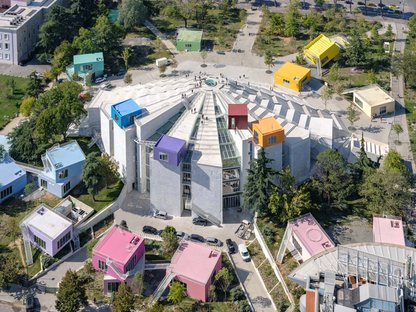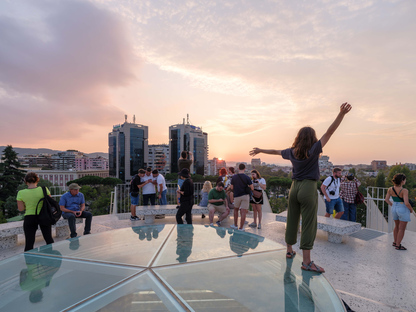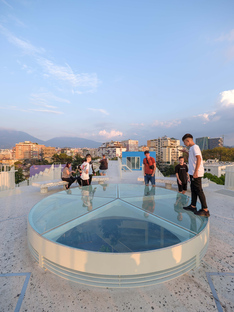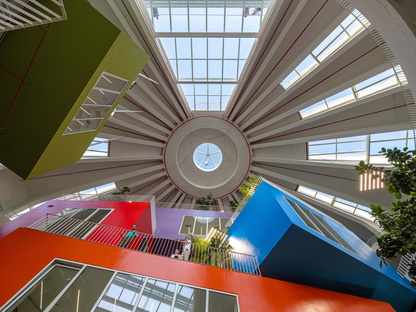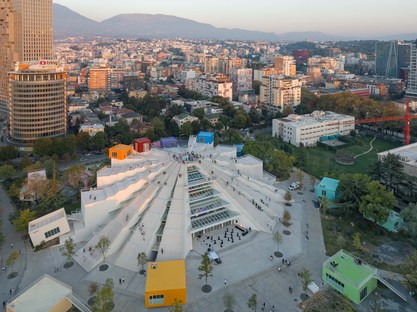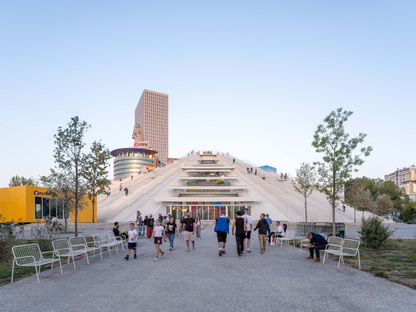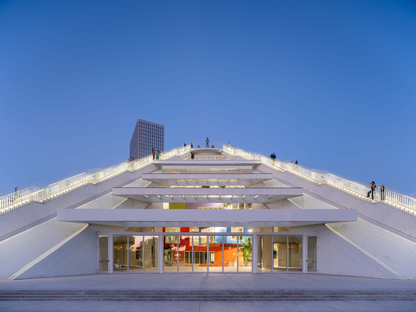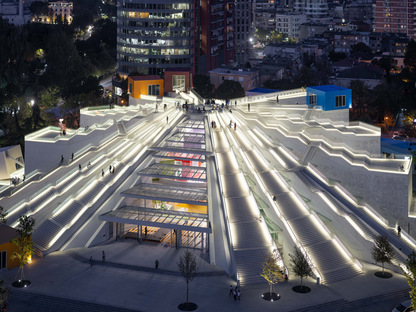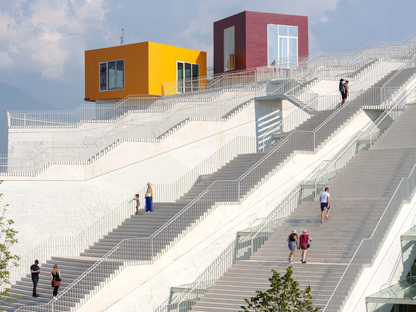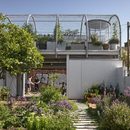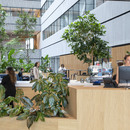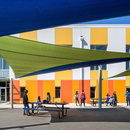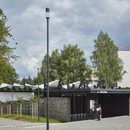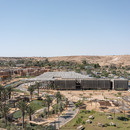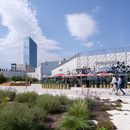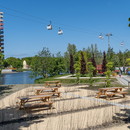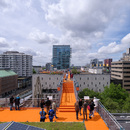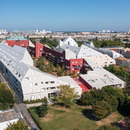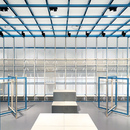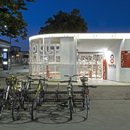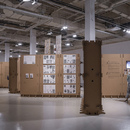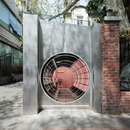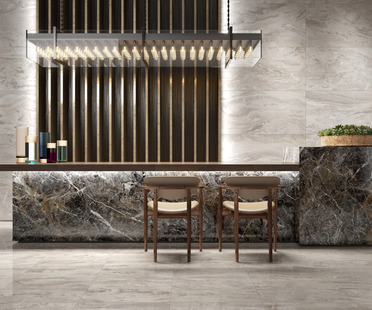13-12-2023
The Pyramid of Tirana: transforming a historic monument
- Blog
- Sustainable Architecture
- The Pyramid of Tirana: transforming a historic monument
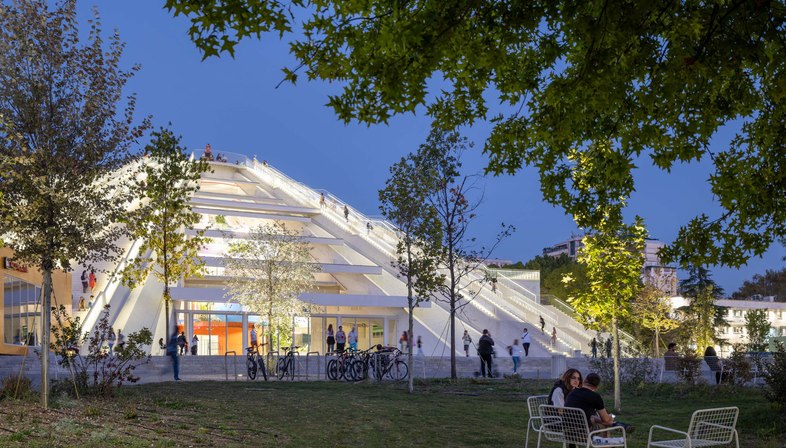 What to do with historic monuments recalling the dark days of a country’s history? Should they be demolished to erase all memories of those times, or transformed into something new? These are questions that are hard to answer, both in terms of meaning for the people’s collective memory and in view of sustainability-related issues, but in Tirana, the Albanian capital, they have been answered in a particularly interesting way.
What to do with historic monuments recalling the dark days of a country’s history? Should they be demolished to erase all memories of those times, or transformed into something new? These are questions that are hard to answer, both in terms of meaning for the people’s collective memory and in view of sustainability-related issues, but in Tirana, the Albanian capital, they have been answered in a particularly interesting way. First opened as a museum in 1988, Pyramid of Tirana has undergone numerous transformations over the course of its existence. Since the fall of the communist regime, the structure has been used as a radio station, a nightclub, a conference venue, a broadcast centre and even as a NATO base during the 1999 war in Kosovo. All these uses, along with previous uncompleted attempts at renovation, left behind a patchwork of alterations in the facility and made it practically unusable.
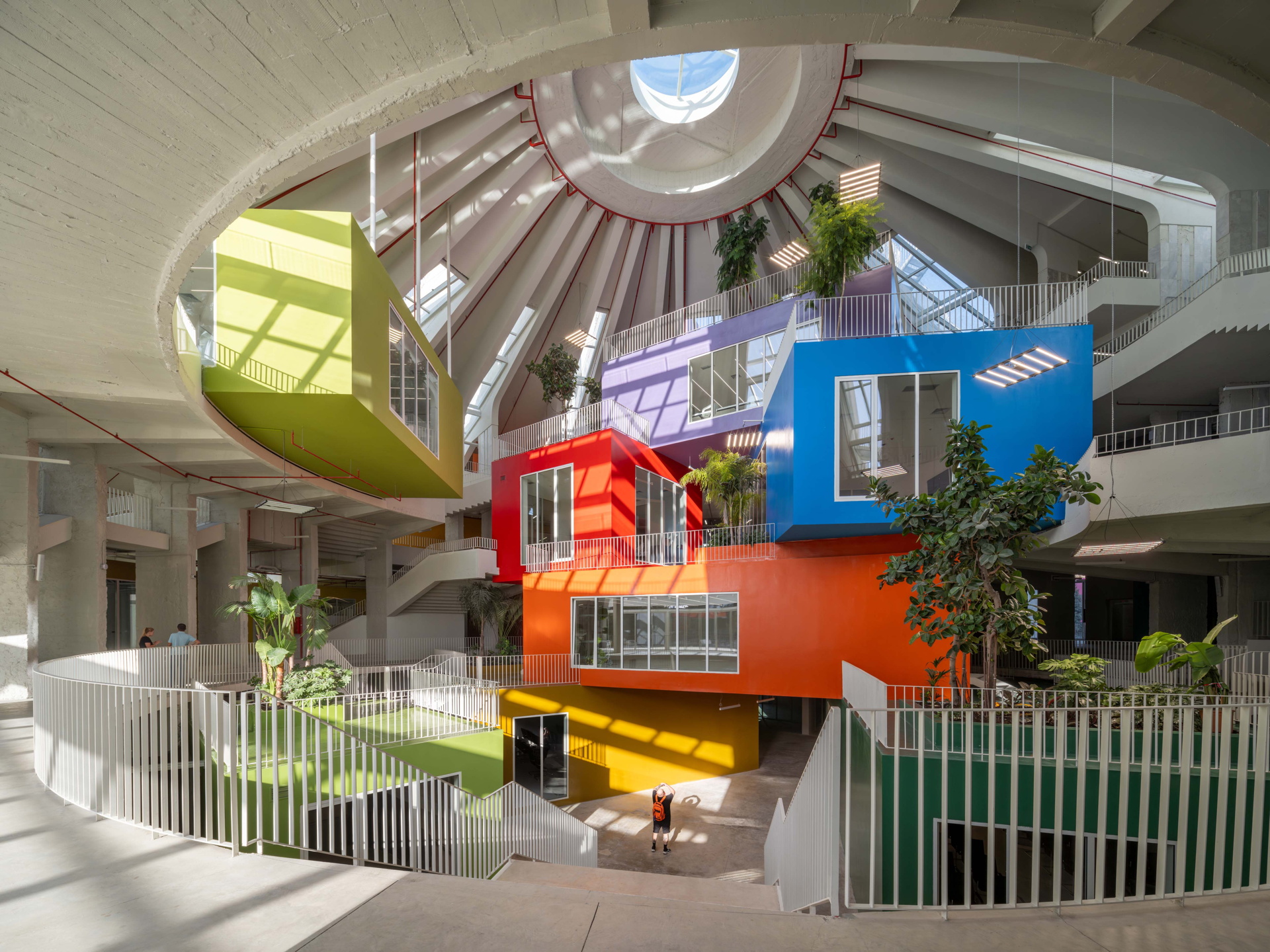
There has been much debate about the building’s future in recent years, and a 2015 study revealed that a significant majority of Albanians opposed the demolition of the Pyramid. In 2017 the government unveiled a plan for reuse of the concrete monolith with the support of the Albanian-American Development Foundation (AADF) and the Municipality of Tirana. The idea was to make the structure into a nurturing environment for young Albanians, in line with the community’s aspiration of coming up with a significant new use for the urban landmark. Dutch practice MVRDV, which had already completed other projects in Tirana, such as the Downtown One skyscraper, was appointed to come up with a plan.
MVRDV’s project symbolises victory over the regime, inspired by the way the population reclaimed the Pyramid: after the dictator’s death, the ruined structure became a gathering-place for the young people of Tirana, who climbed its inclined beams and slid back down, not without risk. The addition of steps and a lift on the inclined sides now allows people of all ages to reach the top, for a more inclusive experience. The colourful addition of boxes housing a variety of activities and recreating the atmosphere of a festival provides facilities for TUMO Tirana, a non-profit educational institution offering free after-school instruction in a variety of fields.
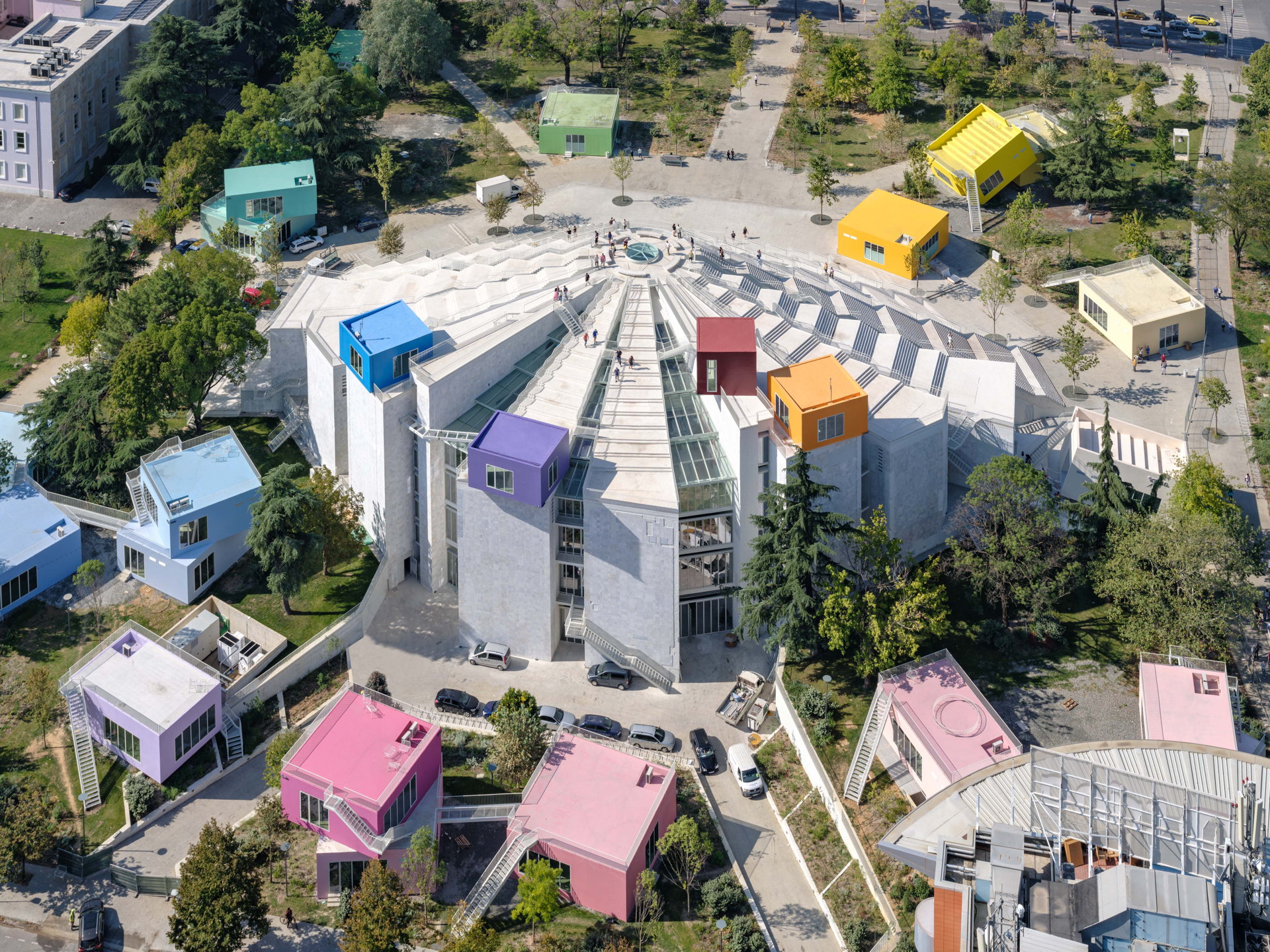
Having restored the concrete structure, the Pyramid now stands like an open-air sculpture in a new park, surrounded by a series of colourful boxes containing a variety of services including coffee shops, studios, workshops, offices for start-ups and classrooms where young Albanians are offered free instruction in technology. It was soon apparent that the project would be a great attraction for the Albanian capital, even while the construction project was still under way.
Winy Maas, founding partner in MVRDV, explains the project: "The first time I saw the Pyramid being walked all over by the youth of Tirana, I was deeply touched by its symbolism and by its incredible optimism. Keeping in mind this was the most expensive building the communist state had ever realised in a time when the oppressed Albanian population was living in poverty, we removed all symbols glorifying the dictatorship in our transformation. We did keep some of the original details so visitors are also aware of the building’s dark past. The structure is completely open as a ruin in the park, and all these boxes are ‘squatting’ in and around the structure. Once sardonically called the ‘Enver Hoxha Mausoleum’, the transformed Pyramid has now become a monument for the people and their ability to overcome and outlive dictators.“
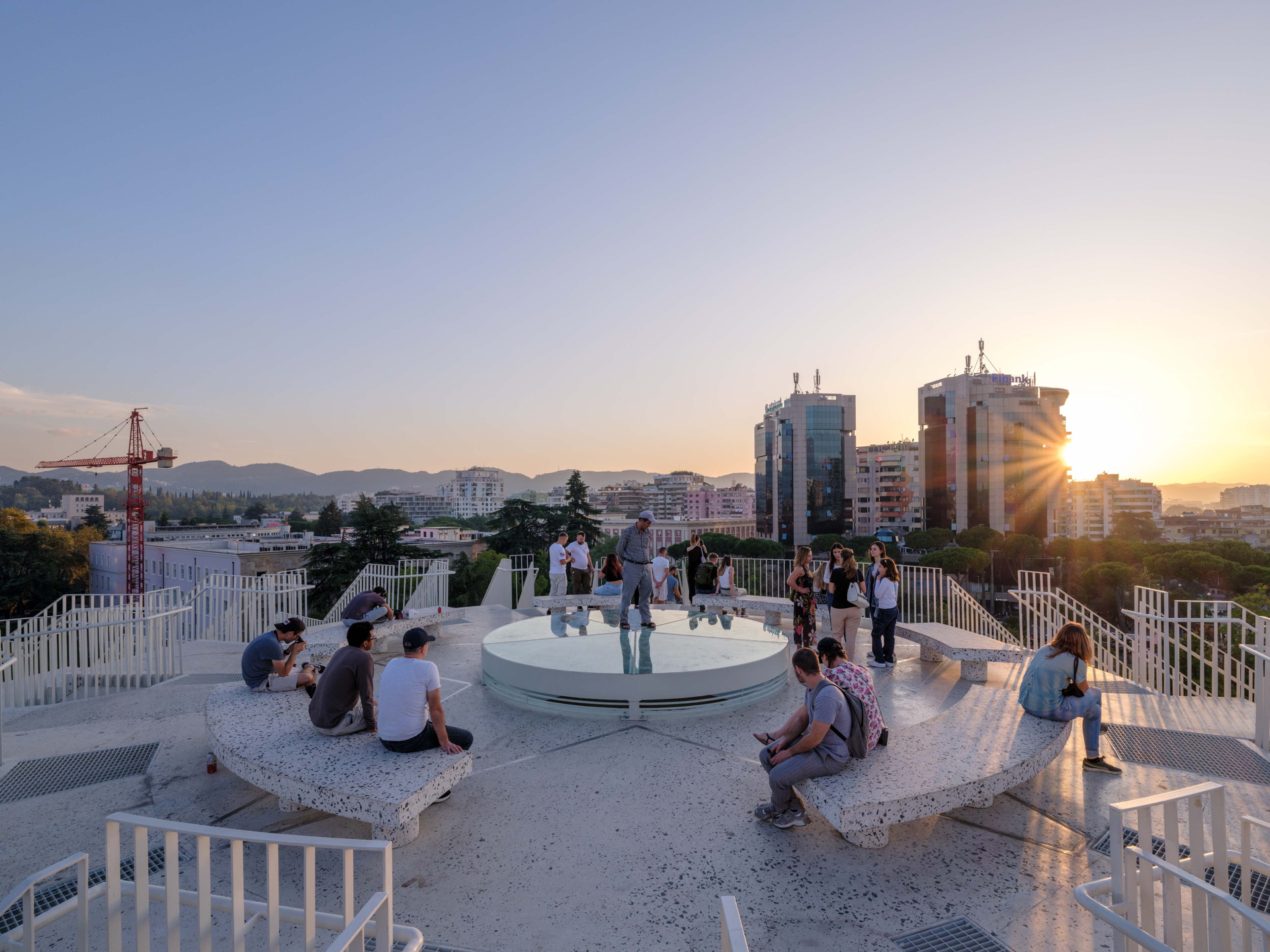
The transformation illustrates the adaptability of historic buildings in Brutalist style, while aligning with the SDG’s (Sustainable Development Goals) outlined by the United Nations. Rather than demolishing the structure, MVRDV has embraced the principles of the circular economy, preserving the concrete wrapper and reducing the need for climate control. The project emphasises social sustainability, promoting education and preparing new generations for success, while revealing a model of sustainable urban development.
Christiane Bürklein
Project: MVRDV
Location: Tirana, Albania
Year: 2023
Images: Ossip van Duivenbode










